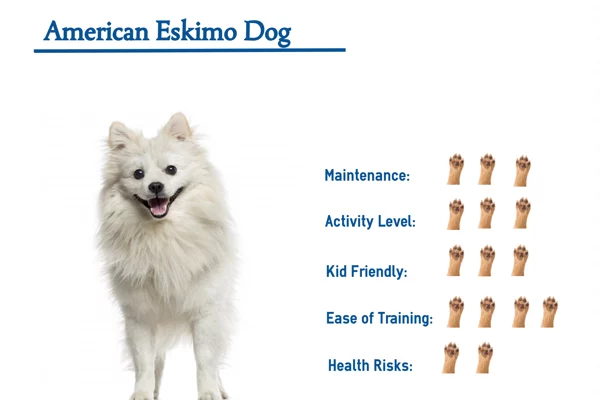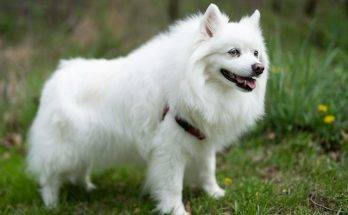The American Eskimo Dog is a beautiful and intelligent breed known for its fluffy white coat and lively personality. In this article, we will delve into the characteristics, history, temperament, and care requirements of the American Eskimo Dog. Whether you’re considering adding this breed to your family or simply want to learn more about these delightful dogs, this comprehensive guide will provide you with all the information you need.
History and Origins
The American Eskimo Dog, despite its name, is not actually from Alaska or associated with Eskimo culture. Its origins can be traced back to Northern Europe, where it was bred from various spitz-type dogs. German immigrants brought the breed to the United States, where it gained popularity as a performing dog in circuses and traveling shows. The breed’s name was changed from German Spitz to American Eskimo Dog during World War I due to anti-German sentiment.

Physical Characteristics
The American Eskimo Dog is a small to medium-sized breed, with males typically weighing between 20-35 pounds (9-16 kg) and females weighing between 18-30 pounds (8-14 kg). They have a well-proportioned body covered in a thick double coat, which consists of a dense undercoat and a longer, straight outer coat. The breed’s distinctive plumed tail curls over its back, adding to its elegant appearance.
Temperament and Personality
American Eskimo Dogs are known for their friendly and outgoing nature. They are highly intelligent and eager to please, making them relatively easy to train. They are also alert and make excellent watchdogs, as they are quick to bark at unfamiliar sounds or visitors. While they are generally good with children and other pets when properly socialized, they can be reserved or aloof with strangers. Early socialization and consistent positive reinforcement training are crucial to ensure a well-rounded and well-behaved dog.
Training and Socialization
Due to their intelligence and willingness to learn, American Eskimo Dogs respond well to positive reinforcement training methods. They thrive on mental stimulation and enjoy learning new tricks and commands. Basic obedience training, including commands like sit, stay, and come, is essential for establishing a well-behaved dog. Early socialization is also crucial to expose them to various people, animals, and environments, helping them develop into confident and well-adjusted companions.
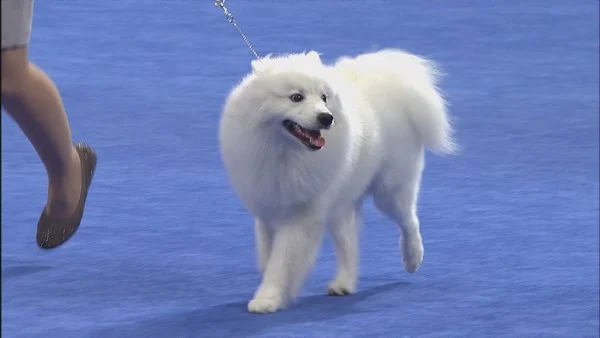
Exercise and Activity Needs
While the American Eskimo Dog is a small to medium-sized breed, they have moderate exercise needs. Daily walks, playtime, and interactive toys are important to keep them mentally and physically stimulated. They also enjoy participating in activities such as agility, obedience, and rally sports. Providing them with regular exercise and mental enrichment will help prevent boredom, which can lead to destructive behaviors.
Grooming and Coat Care
The American Eskimo Dog has a beautiful white coat that requires regular grooming to keep it in optimal condition. They have a double coat that sheds moderately throughout the year and more heavily during shedding seasons. Brushing their coat two to three times a week will help remove loose hair and prevent matting. Additionally, regular bathing, nail trimming, and teeth brushing are important parts of their
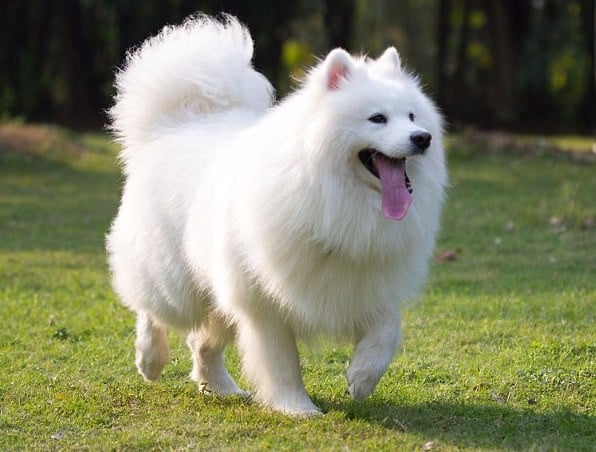 grooming routine.
grooming routine.
Health Issues
Like all breeds, American Eskimo Dogs may be prone to certain health issues. Some common conditions that can affect them include hip dysplasia, progressive retinal atrophy, patellar luxation, and allergies. Regular veterinary check-ups, a balanced diet, and exercise can contribute to their overall health and well-being. It’s also essential to obtain a puppy from a reputable breeder who conducts health screenings on their breeding stock.
Feeding and Nutrition
Providing a balanced and nutritious diet is crucial for the overall health and vitality of an American Eskimo Dog. High-quality dog food that is appropriate for their age, size, and activity level should be selected. It’s important to follow feeding guidelines and monitor their weight to prevent obesity, which can lead to various health issues. Consult with a veterinarian to determine the best diet plan for your American Eskimo Dog.
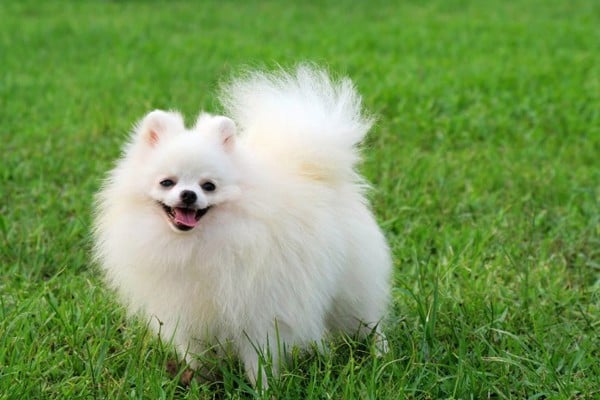
Living Environment
American Eskimo Dogs can adapt well to various living environments, including apartments and houses with yards. However, they thrive in homes where they receive ample mental and physical stimulation. They enjoy being part of the family and should not be left alone for extended periods as they may develop separation anxiety. Providing them with a comfortable and secure living space, along with plenty of attention and exercise, will ensure their happiness.
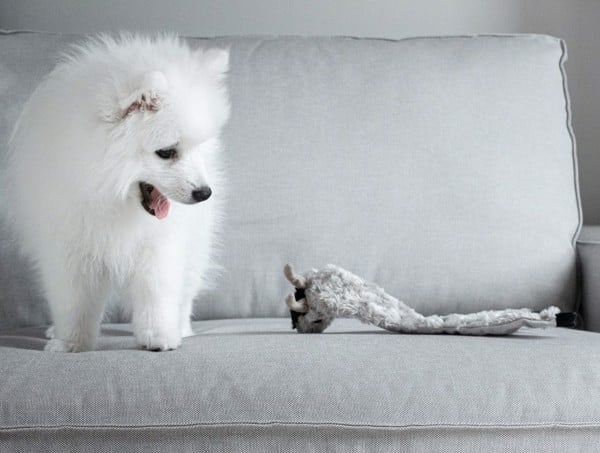
| American Eskimo Dog |
American Eskimo Dogs as Family Pets
American Eskimo Dogs make wonderful family pets for those who can meet their exercise and mental stimulation needs. They are affectionate and loyal, forming strong bonds with their human companions. They are generally good with children when properly socialized, but supervision is always recommended. Their intelligence and trainability make them well-suited for families who enjoy engaging with their pets and participating in activities together.
Choosing a Breeder
When considering an American Eskimo Dog, it is essential to choose a reputable breeder who prioritizes the health and welfare of their dogs. A responsible breeder will conduct health screenings on their breeding stock, provide a clean and nurturing environment for their puppies, and be knowledgeable about the breed. They should be willing to answer any questions you have and allow you to meet the puppy’s parents if possible.
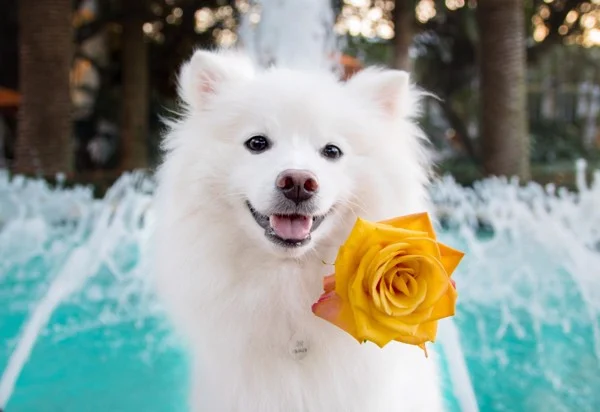
Adoption and Rescue
If you prefer to adopt rather than purchase a dog, American Eskimo Dog rescues and shelters are an excellent option. There are many dogs in need of loving homes, and adopting a rescue can be a rewarding experience. Visit local shelters or search online for American Eskimo Dog rescue organizations in your area. Adopting a rescue not only provides a home for a deserving dog but also supports the important work of rescue organizations.
Frequently Asked Questions
1. Are American Eskimo Dogs hypoallergenic? No, American Eskimo Dogs are not considered hypoallergenic. While their double coat helps minimize shedding, they still produce dander and can trigger allergies in sensitive individuals.
2. How long do American Eskimo Dogs live? On average, American Eskimo Dogs have a lifespan of 12 to 15 years. With proper care, some individuals may even live longer.
3. Do American Eskimo Dogs require professional grooming? While professional grooming is not necessary, regular at-home grooming is essential to maintain their coat’s health and prevent matting.
4. Are American Eskimo Dogs good with children? American Eskimo Dogs can be good with children when properly socialized and supervised. However, interactions should always be monitored to ensure the safety of both the dog and the child.
5. Do American Eskimo Dogs have any specific exercise requirements? American Eskimo Dogs have moderate exercise needs. Daily walks, playtime, and mental stimulation activities are important to keep them happy and healthy.
Conclusion
The American Eskimo Dog is a charming and intelligent breed that brings joy to many households. Their beautiful white coat, lively personality, and trainability make them a popular choice for families and individuals alike. However, it’s essential to remember that they require proper socialization, training, and care to thrive. Whether you choose to purchase a puppy from a reputable breeder or adopt a rescue, providing a loving and stimulating environment is key to ensuring a happy and healthy American Eskimo Dog.

